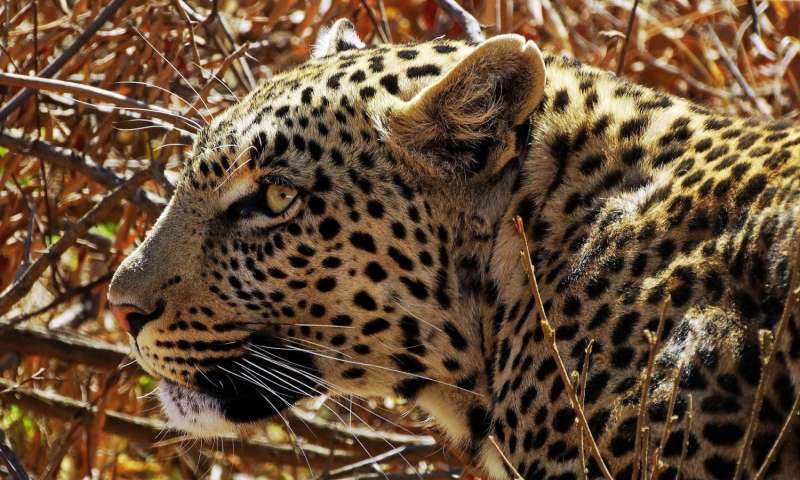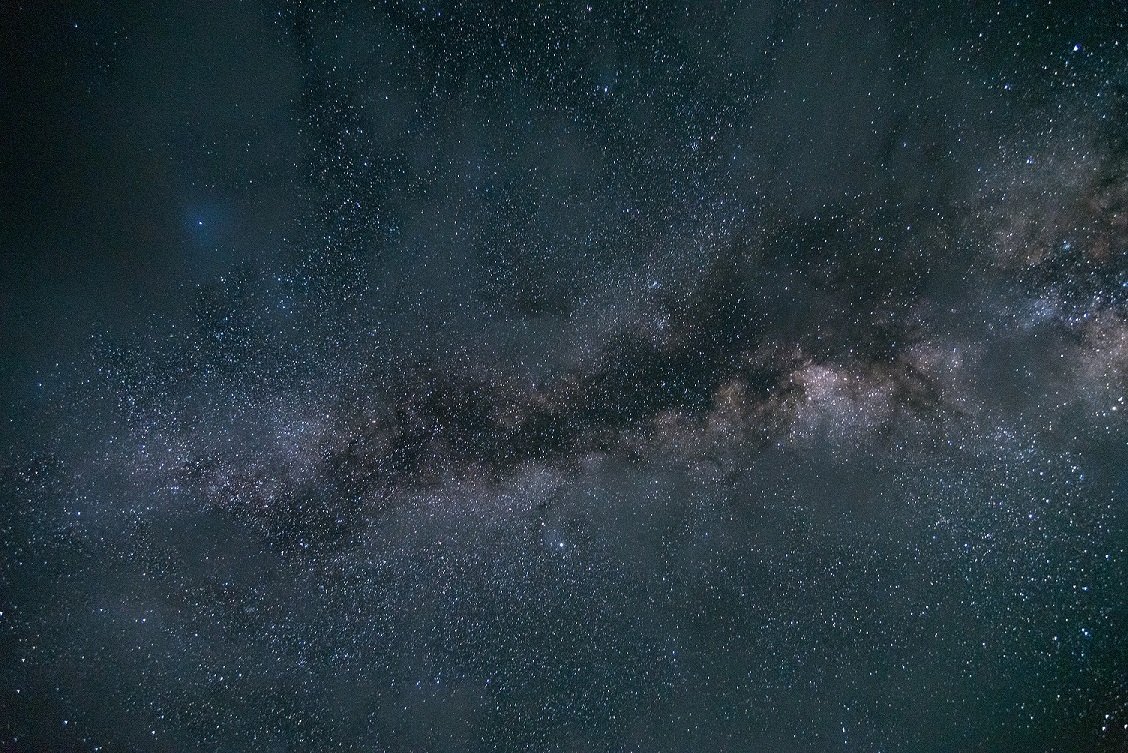A recent study published in the scientific journal PeerJ indicates that the leopard has lost as much as 75 percent of its historic range. Leopards traditionally occupied approximately 13.5 million square miles throughout Africa, Asia and the Middle East. Today, leopards only occupy 3.3 million square miles.
Andrew Jacobson of the ZSL’s Institute of Zoology, University College London and the National Geographic Society’s Big Cats initiative was the lead author of the study. Jacobson said the results of the study could dismiss assumptions that leopards are not seriously threatened.
“The leopard is a famously elusive animal, which is likely why it has taken so long to recognize its global decline,” Jacobson said. “Our results challenge the conventional assumption in many areas that leopards remain relatively abundant and not seriously threatened.”
The combination of habitat loss, prey decline, conflict with livestock owners, illegal trade in leopard skins and parts combined with legal trophy hunting are all factors contributing to leopard decline.








Leave A Comment
You must be logged in to post a comment.